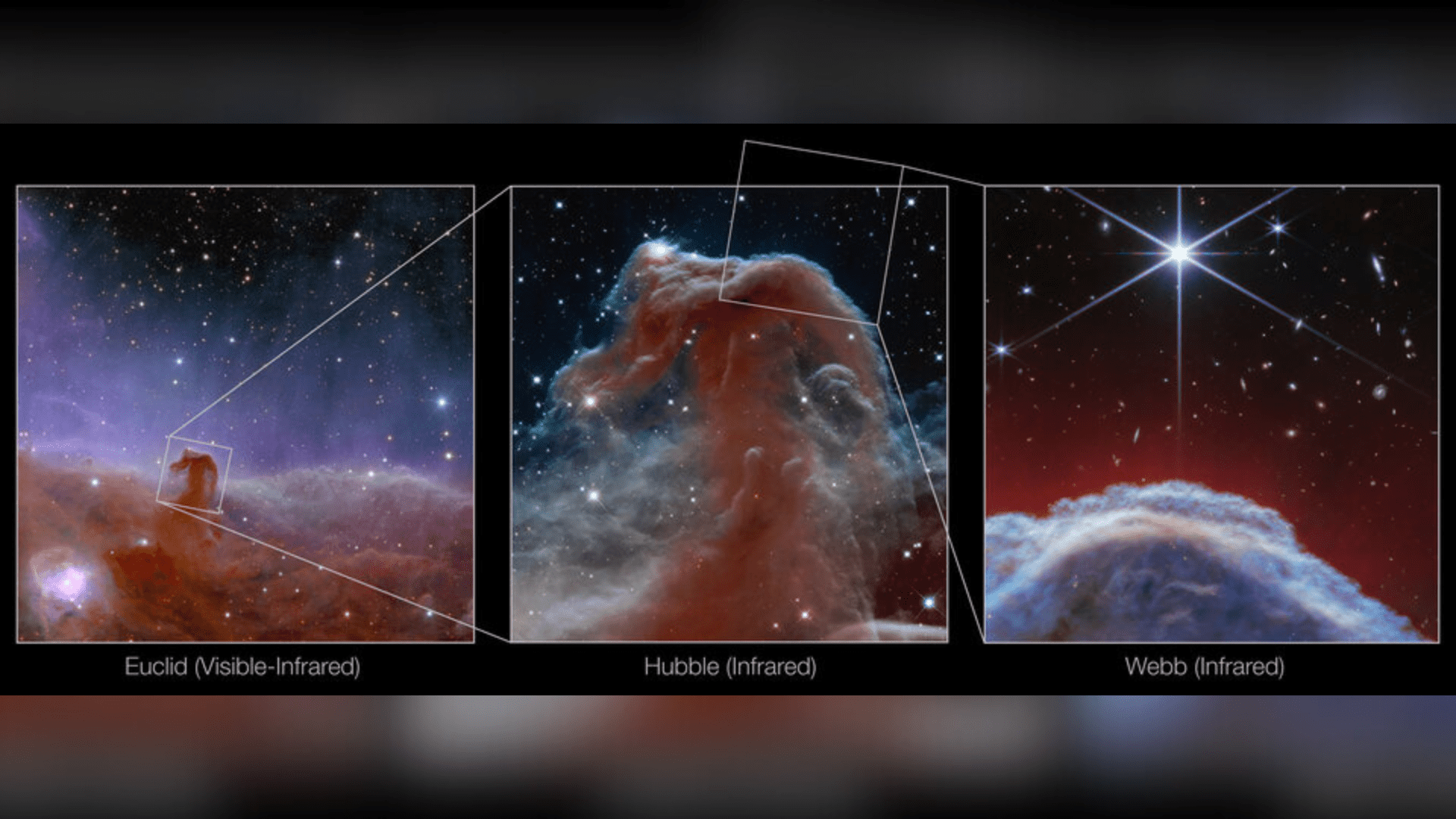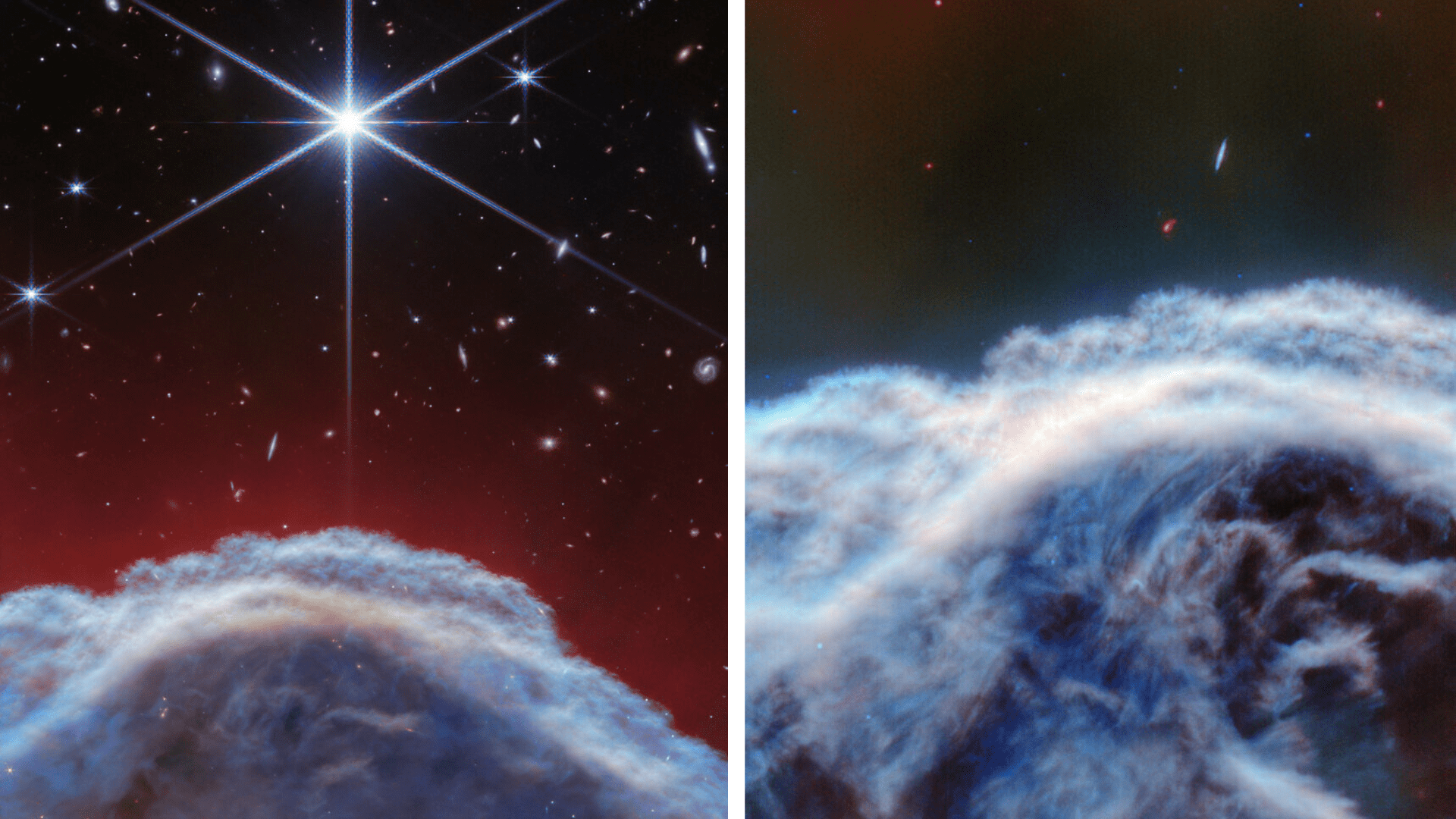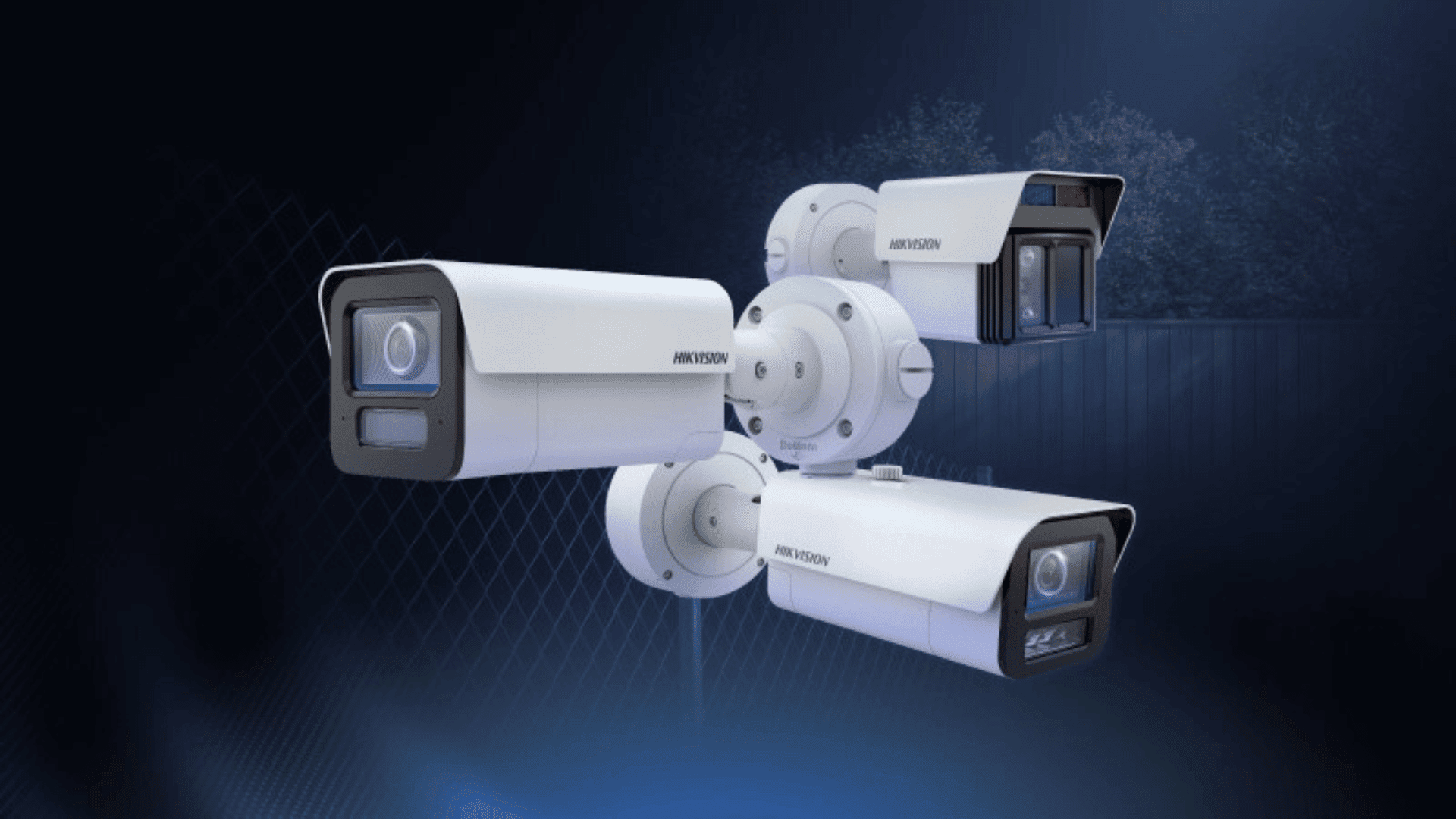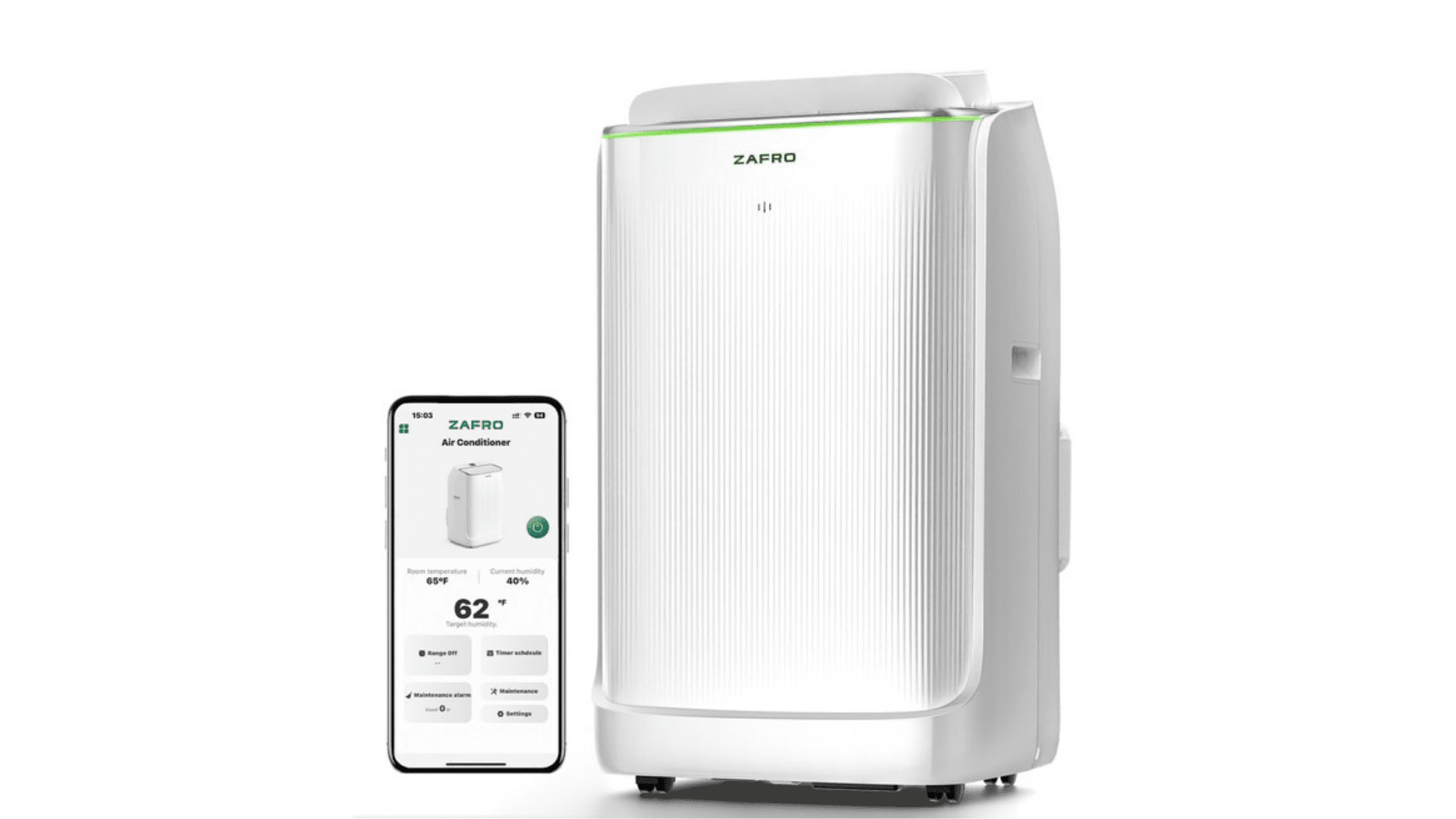New observations from the James Webb Space Telescope (JWST) shed new light on one of the most distinctive nebula in space. The Horsehead Nebula is one of the most iconic nebulas in space. The latest photos from the James Webb telescope show the true complexity of the Horsehead Nebula and are the sharpest infrared images to date.

Horseshoe Nebula
Webb’s new images show part of the constellation Orion, the Orion B molecular cloud, where the Horseshoe Nebula rises from a cloud of dust and gas. It’s otherwise called Barnard 33 and is roughly 1300 light-years away. According to the European Space Agency, a “collapsing interstellar cloud of material” formed the Horseshoe Nebula. As you can see in the photos captured by the James Webb telescope, a nearby hot star illuminates it and helps it glow.
Although the clouds around the nebula already dissipated, astronomers believe it has another five million years left before it too disintegrates. Because of the thick clumps of material that make up the extended pillar, it’s harder to erode. Webb’s latest photos show off the top of the illuminated thick dust and gas pillar.
James Webb Telescope

The Horseshoe Nebula is a well-known photon-dominated region, or PDR. Thanks to the James Webb telescope’s MIRI and NIRCam instruments, for the first time ever, astronomers highlight the small-scale structures of the outer edge of the nebula. These instruments focus on the infrared spectrographs. The MIRI covers mid-infrared wavelength and the NIRCam is a near-infrared spectrograph. Together, the instruments gave us two beautiful photos of the Horseshoe Nebula.
Explore Tomorrow's World from your inbox
Get the latest science, technology, and sustainability content delivered to your inbox.
I understand that by providing my email address, I agree to receive emails from Tomorrow's World Today. I understand that I may opt out of receiving such communications at any time.
Horseshoe Nebula’s Origin
Because the Horseshoe Nebula is a photon-dominated region, the ultraviolet light from young, massive stars creates a mostly neutral, warm area of gas and dust. This area is between the fully ionized gas surrounding the massive stars and clouds in which they are born. Therefore, ultraviolet radiation is an important source of heat. PDRs occur when the is dense enough to remain neutral, but not dense enough to be pierced by ultraviolet light. Light emitted from PDRs acts as a unique tool. With the light, astronomers can study the evolution of interstellar matter in our galaxy and throughout the Universe. Astronomers study the physical and chemical processes that drive evolution.
Astronomers believe the Horseshoe Nebula is the perfect target for studying the physical structures of PDRs. They say it’s one of the best objects in the sky to study how radiation interacts with interstellar material. In addition, they think it’s a good candidate to study the chemical characteristics of the gas and dust within their respective environments.







